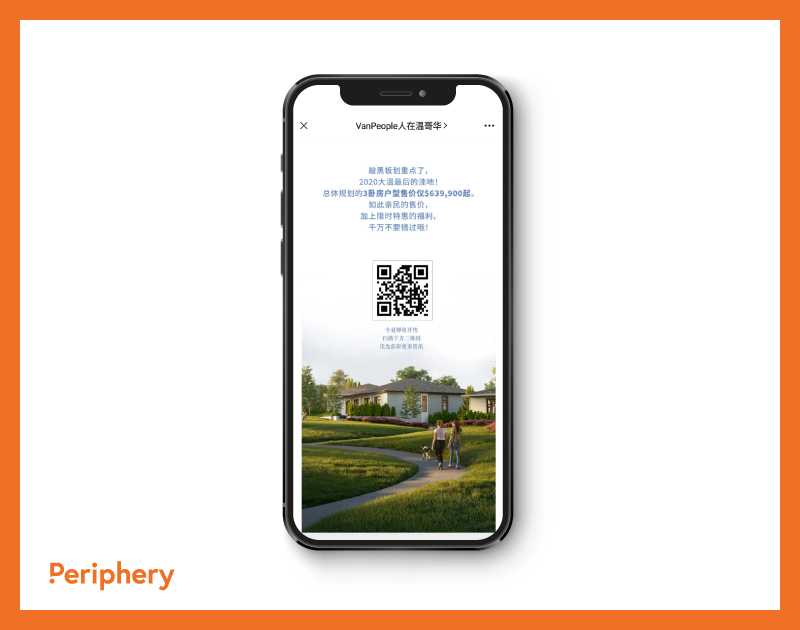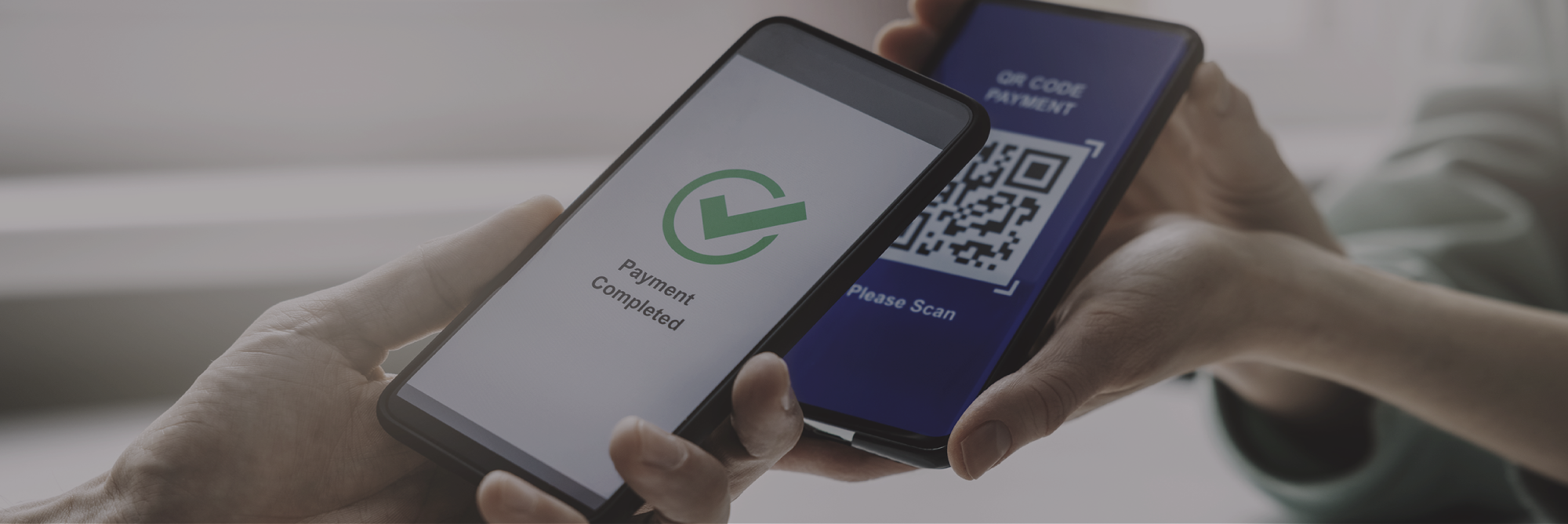This article originally appeared on Forbes.
From reading restaurant menus to shopping a new look in a magazine, quick-response codes are becoming a desirable form of interaction.
While QR codes have been well-established in many Asian countries for years, Covid-19 has accelerated creative methods of brand engagement, leading to the explosion of growth in North America. Much more than a simple link to a website, QR codes on your business materials can generate curiosity and are especially attractive now as they can eliminate contact with high-touch surfaces.
As the CEO and managing director of a Chinese marketing agency, I’m accustomed to using QR codes in marketing campaigns. Below, I’ll share some best practices, but first, let’s dive into some background.
A Brief History of QR Codes
Developed in 1994 for use in the Japanese auto industry, QR codes rapidly became popular across a much wider range of industries, particularly in China and other areas dominated by Alibaba and Tencent platforms such as WeChat, as QR code reader software is integrated into these platforms. While QR codes have appeared on products in North America for years, they just didn’t gain a foothold here — until recently.
Since the pandemic began, QR code use in the U.S. has increased by 11%. This makes QR codes a fast-growing opportunity to reach your audience and deliver a memorable experience.
Why Aren’t QR Codes Everywhere?
In North America, near-field communication technology is the more popular method for payments, file sharing and other data transmission. This is the technology that enables contactless payment methods like Apple Pay and Android Pay. However, the functionality of NFC is limited, and the technology comes with a host of security issues.
There are security concerns for QR codes, too, of course, but we’ve found that they’re usually a simple, secure all-in-one solution. From seamless payments to financial information deliveryand online-to-offline marketing, it’s clear why QR codes are often the preferred method in China. Even Chinese street market vendors, performers and taxi drivers hold up QR codes for payments.
If they are so powerful and versatile, why aren’t they more popular in North America? QR code scanners weren’t integrated into the stock camera app on most smartphones in North America until 2017 with Apple’s iOS 11. Most people simply didn’t want to go through the trouble of downloading another app to scan a seldomly found QR code, which ultimately created a negative feedback loop in their ubiquity.
Enter 2020: the year when germs took over. In a world where capacity limits, elbow bumps and video calls are now the norm, the increased use of the touchless QR code is all but expected.
Use Cases
With QR codes, you can use up to 7,089 characters (versus about 20 digits for barcodes) in a variety of forms not limited to letters, numbers, symbols and control codes. This means they have a full range of uses.
QR codes for marketing: Simplicity makes them an excellent tool to encourage conversions. Out-of-home marketing materials can include QR codes to direct consumers to your website, redeem a discount and subscribe to your marketing communications. This is a great example of O2O marketing. A valuable aspect of QR codes on traditional media materials is their conversion tracking capabilities. It’s hard to track how many people visit your website after seeing your transit shelter advertisement or banner in a magazine — unless your website is linked via a QR code. This allows you to not only track how many scans your codes received, but also which location has the best results, the preferred media vehicle and even the best performing A/B test variant.

QR codes for retail and payments: As mentioned, NFC tends to be more popular for contactless payments in North America. However, the pandemic has accelerated the use of QR codes for payments due to the ability to interact with them at a distance. Many retailers are considering benefits of QR code adoption including:
- Lower upfront costs as multiple point-of-sale terminals are not necessary and fewer staff are needed for checkout purposes.
- Time-saving benefits as detailed information about items and services can be examined closely via a quick scan.
- Increased physical safety with contactless options for ordering and making payments at a distance.
- The ability to be used across device types without specialized setups for different operating systems or platforms.
Major players in the West, such as Venmo and PayPal, are already offering QR code-based payments on their platforms, leading the way for smaller providers.
Best Practices
Creative uses of QR codes are only limited by your imagination. However, to get the best results, follow some best practices.
- Add UTM parameters to your website URLs to track and differentiate user data like the source, the medium, the campaign and the content to determine which channel is the most successful.
- Put yourself in your customers’ shoes when considering placement and size. Ensure that your code is big enough for phones to scan, that it’s easily accessible and that you don’t have too many codes crowded together.
- Include a call to action. Since QR codes are still not universal, tell people how to interact with them. Furthermore, tell them where they will end up upon scanning to eliminate any privacy or spam concerns.
- Ensure that your landing page is mobile-friendly. If you’re creating content on a desktop, test it on a mobile device.
- Get creative with branding. Many QR code generators allow for customization of the shapes appearing in the code, as well as the ability to upload your logo. Take advantage of this, but consider how too much customization may hinder your target customer’s ability to immediately recognize it as a QR code.
In Conclusion
Anywhere that a contactless connection and/or payment is needed, a QR code can be used. Even while Covid-19 vaccines make waves across the globe, the anxiety of high-touch surfaces will likely linger in the back of consumers’ minds. As awareness about QR code capabilities grows in the West, our contactless world is sure to get an upgrade.
Contact us if you’d like to learn more about QR codes and how to implement them into your marketing materials.


